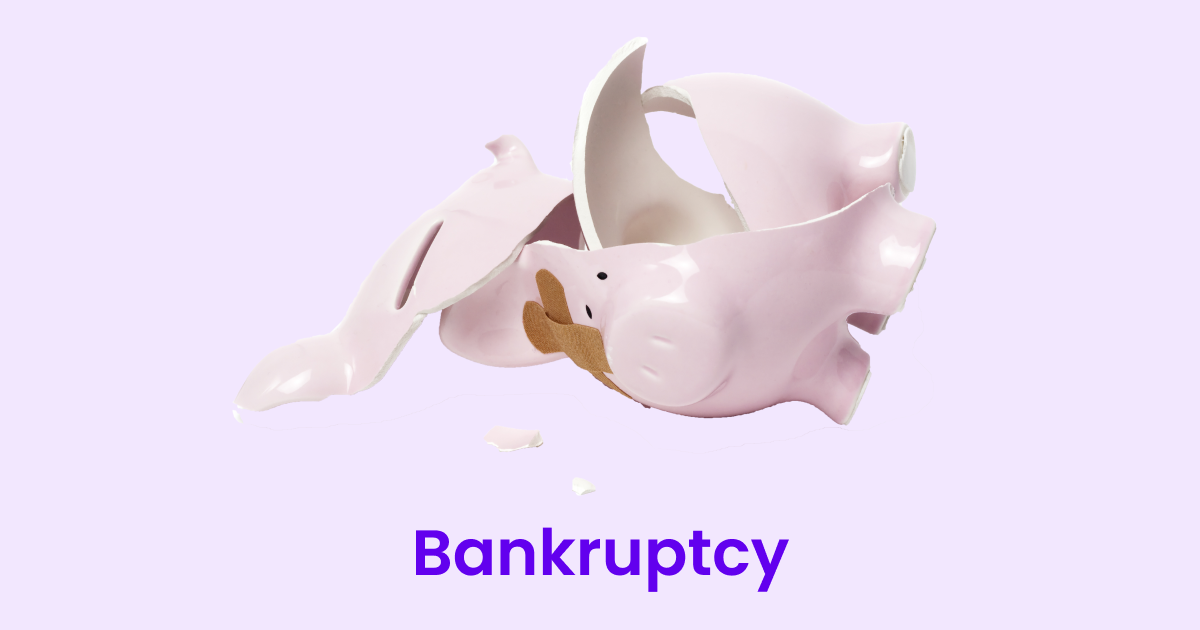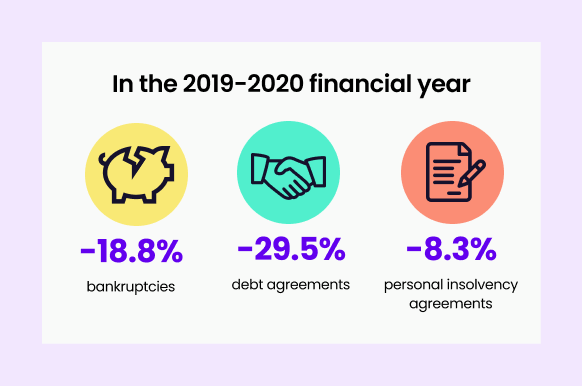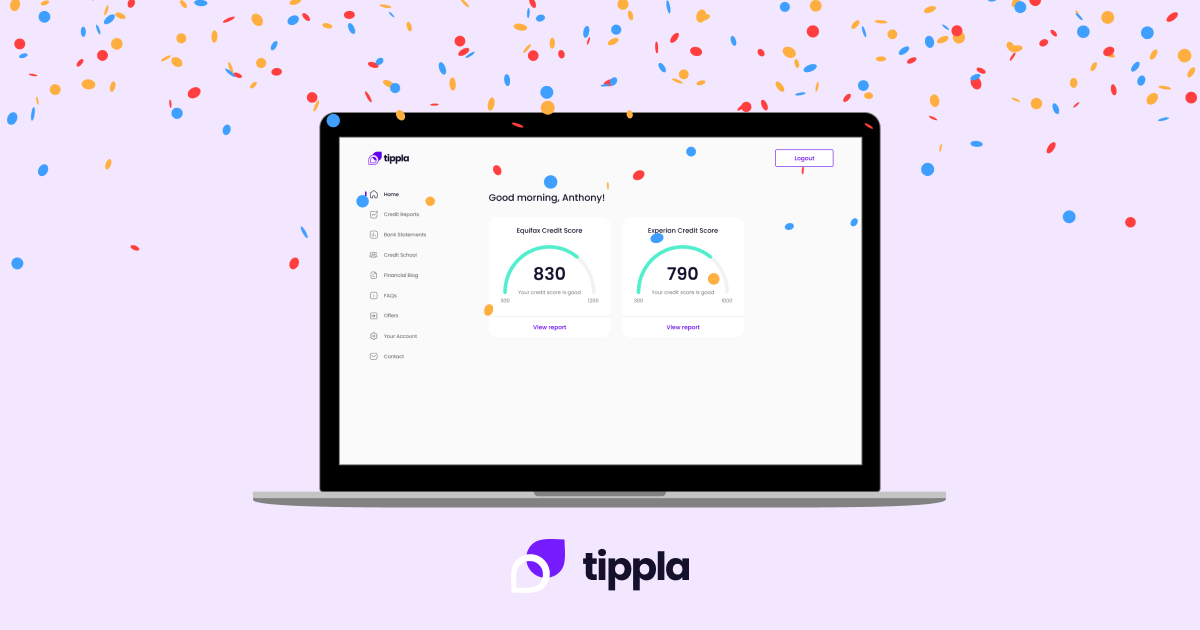How can you avoid a Christmas hangover debt?

It’s beginning to feel a lot like Christmas! With the holiday season just around the corner, life is about to get much busier and more expensive. So how can you protect your credit score this holiday season?
With Christmas now only one month away, the countdown is officially on! Christmas parties, family gatherings, presents, food and alcohol – the Christmas season can be the most exciting time of the year. For many, it can also be expensive and stressful.
We want you to enjoy this holiday season. 2020 has been a tough year, and we all deserve to let off some steam and have fun. But the celebrations don’t have to come at the expense of your credit score.
The price of Christmas
At the beginning of this year, millions of Aussies started 2020 with a lot of debt, dubbed as a Christmas debt hangover, according to comparison site finder.com.au.
Unfortunately for most of us, the year didn’t get any better thanks to COVID-19. According to data from finder.com.au, 37% of Australians, which equals 7.2 million people or 1 in 3 Aussies, entered into 2020 with Christmas hangover debt which they would have been paying off until the end of February. However, 1 in 5 Australians were forecast to be paying back their Christmas debt up until May 2020.
Whilst this year’s Christmas period is likely to be less expensive than previous years, this doesn’t mean it’s not going to cost you. With the onset of the coronavirus pandemic, Christmas spending on presents is predicted to be lower this year.
According to a report from IBISWorld, a provider of industry market research, Christmas spending in key product categories is expected to decline this year, including consumer electronics retailing, which is forecast to be down 2.7% this December from last year.
Spending in department stores is also expected to drop by 1.0% year-on-year, and Christmas spending on pharmaceuticals, cosmetic and toiletry goods is forecast to be lower by 1.5%.
However, IBISWorld’s report shows that although spending on presents might be lower this Christmas, Aussies will be making up for it in their grocery and alcohol shopping, which is expected to increase by 2.8% and 3.6% respectively.
“Families are expected to go all-out on their Christmas feasts this year, with many Australians celebrating their ability to reunite with family after states reopen borders and ease social distancing regulations,” said IBISWorld Senior Industry Analyst, Yin Yeoh.
2020 has been difficult enough, and whilst we’re so ready to say goodbye to 2020 – the pandemic is, unfortunately, going to follow us into the new year. So how can we enter 2021 with one less worry and, as a result, protect our credit scores?
Here is a list of things you should try and avoid if you want to enter 2021 without a Christmas hangover debt.
Avoid: maxing out your credit card
2020 has been hard. We get that! Retail therapy has been one of the ways we’ve all been coping with lockdown measures and everything being cancelled. With Christmas just around the corner, our credit cards are likely to get a workout.
But you might want to avoid maxing out your credit card where possible. Because if you do, you could be in for a world of pain as you might have to deal with extra fees and charges, adding to an already costly time.
More than that, if you reach your credit card limit, then that’s it until you pay your bill, potentially leaving you stranded!
Another reason why you shouldn’t max out your credit cards is because it could hurt your credit score. Just because you have an allocated credit limit, doesn’t mean you should use all of it. Using your full borrowing capacity may affect your credit score and indicate to credit providers that you may be at a higher risk to struggle financially in the future.
How can you cut costs over Christmas?
So how can you avoid maxing out your credit card during this expensive holiday period? One thing you could do is establish a budget. Decide who you’ll be buying presents for, which events you’ll attend and work out all the costs associated with all of these. The earlier you set up a budget, the more prepared you’ll be. All of this could make all the difference for how you enter 2021.
Another cost-saving technique for the Christmas period is opting for Secret Santa. Whilst traditionally, Secret Santa was something you only did at work. But now, it’s becoming a lot more of a trend among friends and even family. Having to only buy for one person instead of multiple people could make a massive difference in how much you spend for Christmas gifts.
For Secret Santa, you can set a price limit for the gifts – small or large, whatever works for all involved! There are plenty of websites where everyone can register what they’d like from their Secret Santa, which also means you can avoid the stress of getting a gift you know the recipient will really love. Some of these websites even take out all of the work for you and provide you with information on where to find that exact gift for the set price.
Another way you could make Christmas more affordable is by making your own gifts! Something easy but handmade can go a long way for your loved ones as well as your credit card. Not particularly crafty? Never fear! Something as simple as painting a terracotta pot for your friend’s new plant babies they’ve collected over the pandemic could be a really thoughtful and inexpensive gift.
Avoid: relying on Buy Now Pay Later
Buy Now Pay Later (BNPL) services have well and truly taken Australia by storm, particularly among millennials. In fact, studies have shown that millennials prefer BNPL solutions to actual credit cards. In fact, according to consultancy firm AlphaBeta, from 2004 until 2018, the proportion of young people with a credit card fell from 58% down to 41%. AlphaBeta also found that nearly 70% of Millennials who use Afterpay were found to use their credit cards less.
Whilst the idea of BNPL services is to allow consumers to break down the price of items into more manageable payments, you should be aware of the psychology behind such services and how it can negatively affect your financial situation.
As highlighted by Mel Browne, Author and Financial Wellness Advocate, the process of using cash – the smell, sound, all of it – causes the insular cortex of our brain to light up and it registers as pain. Credit cards and BNPL services don’t have this same effect, so we’re more likely to spend more.
Whilst there are dangers with credit cards, Browne argues that the risks are even higher with BNPL. If you make a purchase of $100 that’s spread over 4 payments of $25, your brain is likely to process this as only $25 – not $100. Because of this, it hurts less and you might end up spending more. This could then lead to you overspending and struggling to make your repayments.
BNPL is like getting a small loan and it could affect your credit score. While Afterpay will only pull a soft enquiry, Zip will send out a hard request. This could cause your credit score to drop. However, if you default on your repayments, this will show up on your credit report, which will hurt your credit score.
If you do decide to use BNPL services, make sure you’re aware of its risks and most importantly, check whether you can afford the fortnightly instalments.
Avoid: Missing bills or repayments
If you miss paying your bill or making a repayment on one of your lines of credit within a timely manner, then this is classified as a default. Defaults will last on your credit report for 7 years, and will negatively affect your credit score.
Your repayment history contributes to 30% of your Equifax credit score, holding the most weight behind only the number of credit enquiries you make. Because of this, over the Christmas period, you should be aiming to pay all of your bills and make your repayments on time.
How can you do this? One thing that could make all the difference is setting a budget, which we’ll head to now.
Avoid: Failing to budget
A budget can be useful for many things. Namely, it can help you keep track of your expenses. Do you know what you spend your money on? You would be surprised to find that it’s often the small habits that eat into your savings. You may be getting $80 worth of snacks every month without even noticing. That’s where a budget comes into play. A budget can help you dictate where your money should go instead of mindlessly spending it until it’s gone.
Once you know what you’re spending your money on, a budget could help you ensure that you have enough money for all of your necessary expenses – your bills and repayments. Without a budget, you might lose track of your debt and not have enough money to meet your obligations, resulting in a default and a black mark on your credit report.
A budget could also be really handy for your savings goals. When you know your average monthly spending, you can make realistic and achievable savings goals. You could even shape your spending habits to maximise the amount leftover which you can put into your savings and set your future self up for success!
Captain obvious here! The way you can avoid failing to budget is… to budget! There are so many ways you can budget and numerous budgeting apps that could help get you started. For a breakdown of all the ways, you can budget, head back to school with Tippla’s Credit School!
Avoid: Neglecting your credit report
We know the holiday season can be a busy period, but that doesn’t mean you should neglect your credit score! Many people don’t realise, but your credit score changes frequently. Credit providers report to credit bureaus once a month, but not necessarily at the same time. So your score can change often, even multiple times a day.
If you check your credit score frequently you could see exactly what influences your score – both good and bad – and take steps to rectify the situation if something you have done has negatively impacted your score.
If you check your credit score, you’re more likely to catch any mistakes on your report early. 1 in 5 credit reports have some kind of mistake on them. Wrongly listed information could cost you valuable points. That’s why it’s important to check your information frequently to catch mistakes early on.
Start 2021 on the right footing
If you want to start 2021 on the right footing #newyearnewme, then one of the best ways to do this is to avoid bringing your Christmas hangover debt into the new year. There are a number of ways you could do that – don’t max out your credit cards, check your credit report, budget, be careful with your BNPL spending and more!
There are also a number of ways to save money over Christmas, such as making your own gifts, doing Secret Santa this year with your family or setting price limits on gifts for friends or family.
2020 was a hard year. Let’s try and make 2021 easier with these tips and tricks!


